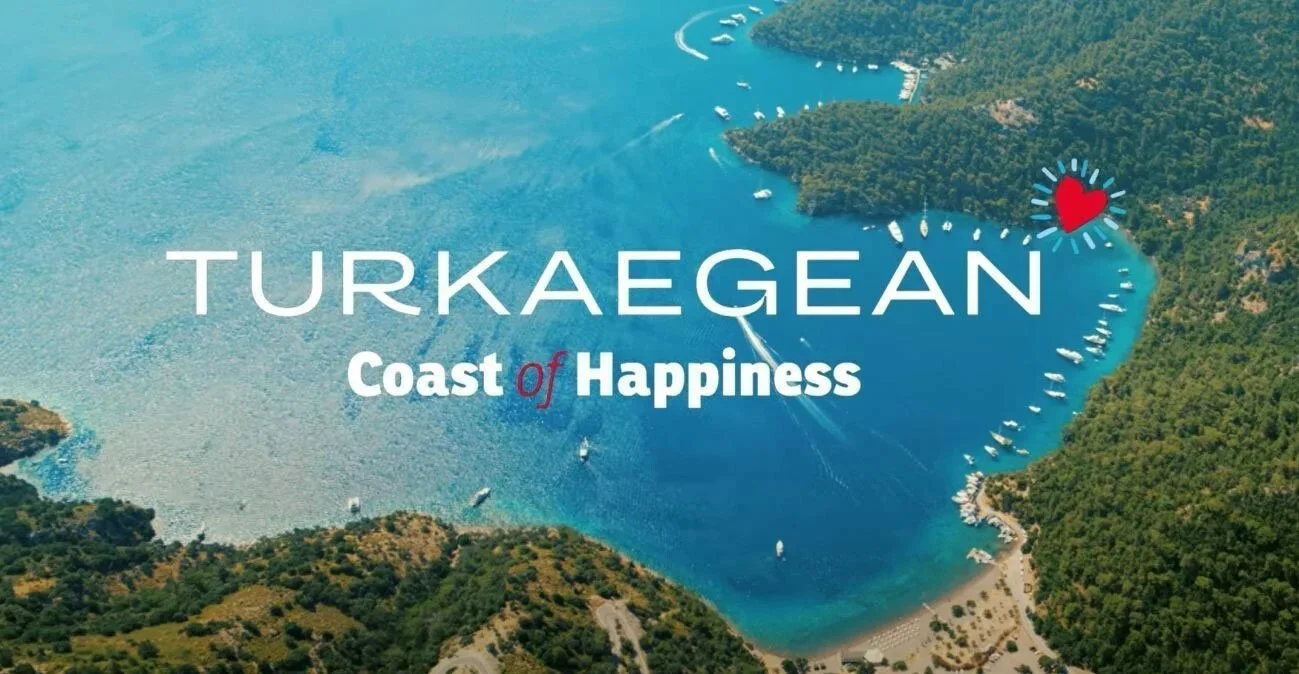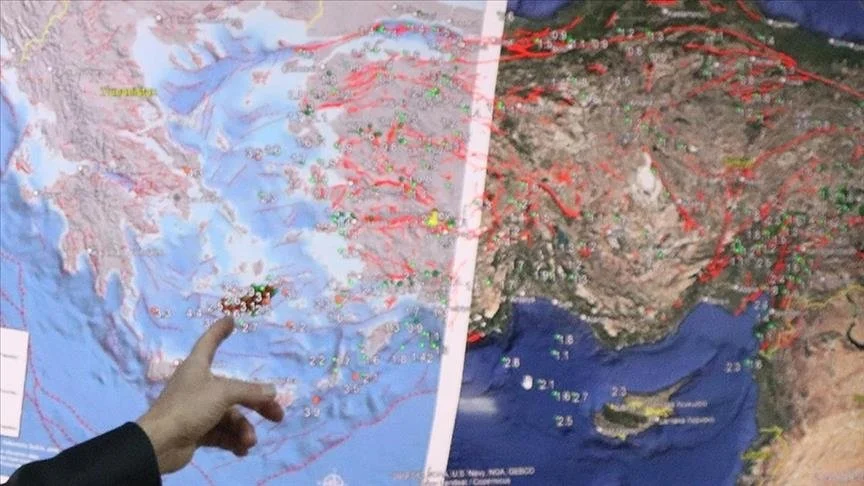Greek Seismologist Cautiously Optimistic About Kolumbo Volcano Activity
Seismic tremors persist between Santorini, Ios, Amorgos, and Anafi in the Cyclades, fueling concerns over the Kolumbo submarine volcano. Although earthquake intensity has decreased over the past two days, prominent Greek seismologist Akis Tselentis remains cautious, noting that seismic activity continues.
Tselentis, who recently resigned from Greece's earthquake risk assessment board due to political interference in scientific matters, addressed the situation on social media Sunday morning, sharing scientific data visualizations. He urged a flexible, open-minded approach to science, emphasizing the importance of continuous monitoring and avoiding premature conclusions.
Despite a decline in noticeable tremors, Tselentis confirmed ongoing seismic activity at lower magnitudes. He cautioned against dismissing the threat too soon, responding to claims by local business owners and politicians who suggested the crisis had passed.
Current data show no activation of Santorini's two major volcanic systems, Nea Kameni and Kolumbo. However, magma movement beneath the surface indicates rising pressure. It remains uncertain whether an eruption could occur near the uninhabited islet of Anydro—20 nautical miles northeast of Santorini—or directly from the Kolumbo volcano.
Tselentis also considered whether recent eruptions at Italy's Etna and Stromboli might relieve geological pressure in the region. Looking ahead, he expressed hope for mild lava flows rather than explosive activity if an eruption does occur.
He also warned of a lingering risk from the Amorgos fault, which caused a devastating earthquake in 1956. Although seismic activity in the area has decreased, the possibility of a magnitude 6.0 tectonic event cannot be ruled out.










